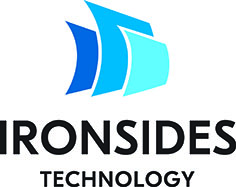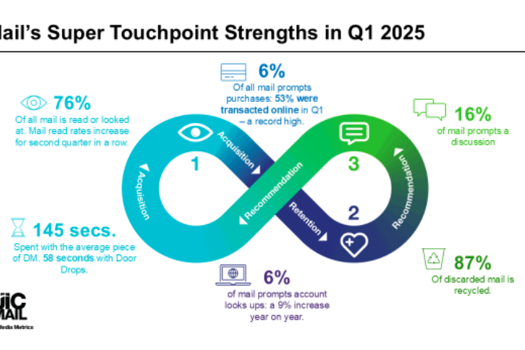Now, 2020 is presenting an entirely new set of challenges. In order for the industry to adapt and adjust quickly, owners and production managers must have real-time visibility into daily work orders, operations and costs. Without it, they can’t rightsize production schedules, determine staffing, ensure SLAs and plan for the unexpected.
In the past, printers used manual reporting processes or separate systems to track orders, work-in-process, and reconciliation. This just won’t cut it anymore. It’s time consuming, requires staff onsite, and humans are error prone. Not having full real-time visibility is simply too big of a risk.
At a time when more people are working remotely, the best way to achieve full production visibility is by leveraging automated tracking and reporting software. Whether a manager is in the production facility or working from home, automated tracking and reporting software provides immediate access to business analytics, reporting, work-in-process, and SLA requirements – all in one central location. Managers can maximize productivity, maintain document integrity, lower their business risk and identify growth opportunities – even in the most challenging times.
Automated tracking software has been around for more than 15 years. During the 2008 recession, one regional printer, who saw its primary business evaporate overnight, was able to reinvent itself through strategic print and software investments. Incorporating automated tracking software to its production environment, the printer built a profitable transactional business in a highly regulated industry. The software provided the reporting capabilities required in SLAs, verified document integrity and mitigated any risk the company faced entering a new market. What could have been a risky move turned into a growth opportunity.
Since then, automated tracking tools have added advanced analytics and become easier to implement. Leveraging open standards, this software seamlessly integrates into new or existing production hardware and software systems. This includes end-to-end tracking from pre-press through production, finishing, bindery, sorting, packaging, shipping and mailing. The software can adapt to any production print environment providing data and cost analytics in real-time across all systems and devices.
As we adapt to the Covid-19 issues, automated tracking can help printers adjust to remote working, reduced staff or shifting client demands. Here are 5 ways automated tracking helps:
|
|
|
|
|
Printers operate in a just-in-time manufacturing environment that requires real-time visibility into production processes. At Ironsides Technology, we are the leader in open, automated reporting systems and have a proven record in helping customers gain insights into their production operations. Our systems provide true end-to-end visibility into every job, every device and every operator. Our software can be remotely installed on any production floor for immediate benefits. Customers can improve operational management, reduce the risks of missed SLA’s, perform immediate cost analytics and expand communication with clients and staff.
As the industry faces new challenges, visibility into print operations allows owners and managers to stay agile, adjust and thrive. If the last ten years have taught us anything, it’s that automated technology helps the print industry to stay resilient, identify new opportunities and weather any storm.

For more information, contact: James Hansen, info@ironsidestech.com | +44 7713 191268 or visit www.ironsidestech.com










